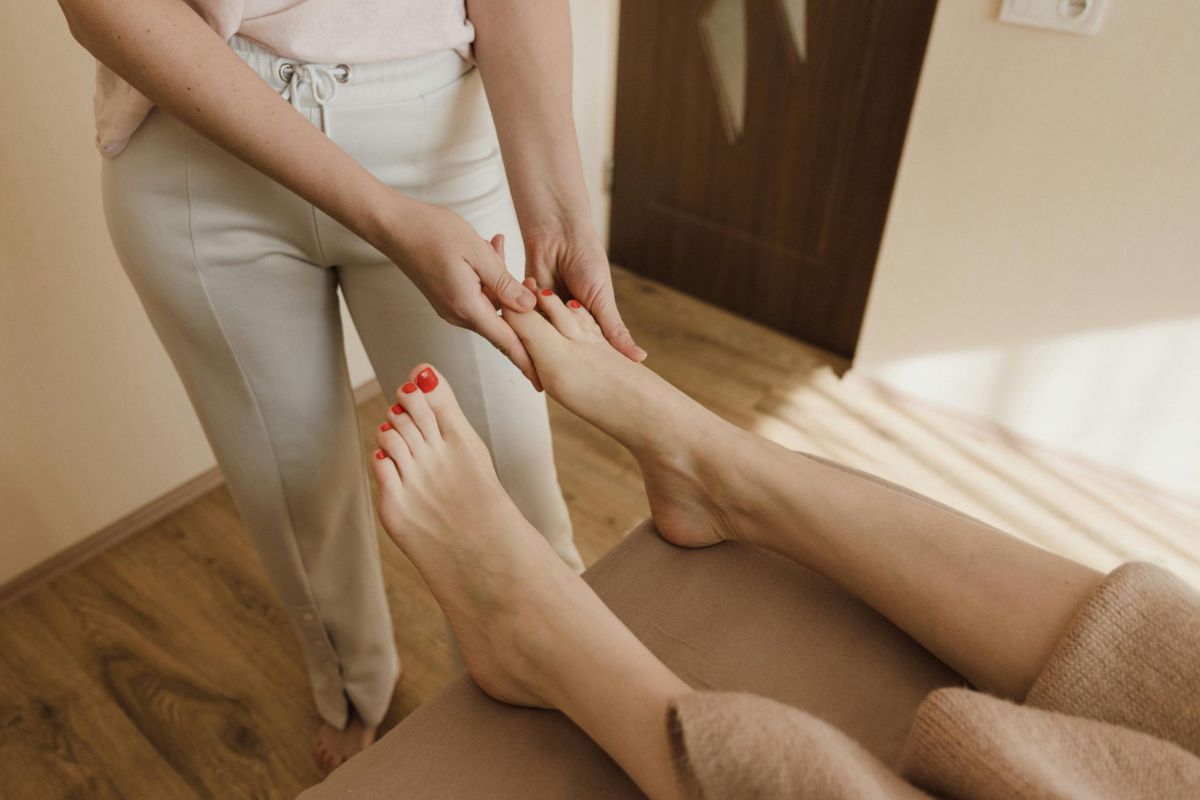It’s a world where beauty treatments are used so often as pampering that manicures and pedicures are still too broadly misunderstood as merely cosmetic. But even most are unaware that these treatments go far beyond the cute nails. Taking care of your nails is an important aspect of one’s personal hygiene and can have an enormous effect on your physical and mental health.
Why Nail Care Is More Than Just Aesthetic
Your feet and hands get a lot of wear and tear — walking, working, typing, cleaning, and exposure to the elements. Professional nail care on a regular basis can assist in:
- Preventing infection
- Identifying early symptoms of health problems
- Enhancing blood flow
- Alleviating stress
- Healthy skin and nail growth
Going to a professional salon every now and then is not only indulging yourself but also doing good for your overall well-being.
Top Health Benefits of Manicures and Pedicures
1. Improved Blood Circulation
Hand and foot massaging during a mani-pedi treatment relaxes circulation and allows your tissue to get oxygen. It heals faster, relieves tension and pain in joints.
2. Infection Prevention
Salons buff, wash, and trim nails and cuticles to a core level. It inhibits fungal infection, especially for those who have sweaty feet or cracked heels.
3. Exfoliation and Dead Skin Removal
Dead skin layers on hands and feet may cause irritation and buildup. Scrubbing and pumice stone exfoliation that is performed as part of the pedicure will slough off dead layers and expose healthy smooth skin.
4. Early Detection of Health Issues
Your professional nail technician can spot nail fungus, wart, or other nail/skin conditions before you even know they exist. Spotting them early results in faster correction and fewer complications.
5. Stress Reduction and Emotional Well-being
There’s a reason you’re all relaxed after that heavenly mani-pedi experience. It’s your time to turn off, relax, and let yourself relax. Frequent pampering equals less stress and better mood control.
How Frequently Should You Treat Yourself to a Mani-Pedi?
While this depends on your lifestyle, nail growth, and preference, here’s the general guideline:
Every 2–3 weeks for a manicure
Every 4–6 weeks for a pedicure
If you are being submerged in water or harsh chemicals over and over, you will require more frequent treatments.
Spring and Summer Tips for Healthy Feet and Hands
Your hands and feet are being subjected to various forms of stress each season, and your pedicure and manicure routine needs to follow suit.
In warmer months, your feet are more exposed, so they’re more prone to dryness, sunburn, and dust accumulation. Pedicures prevent dead skin buildup by avoiding crack in heels and sandal-ready nails. Bright, playful color polish and don’t forget to add the SPF to hands and feet.
Fall & Winter:
Cold weather also dehydrates or cracks hands and feet. It is the perfect time for deep-moisture manicures or paraffin wax pedicures that soften and moisturize the skin. Darker polish colors like burgundy, navy, or metallic are fashionable these days.
Including seasonal changes in your nail care not only keeps the hands and feet their best all year but also protects them from damage and discomfort throughout the year.
Picking a Clean and Safe Nail Salon
Not all salons are created equal. When you’re selecting a nail salon, remember:
- Tool sterilization
- Licensed technicians
- Clean foot spa and working area for the feet
- Usage of high-quality, non-toxic products
- Good customer service and reviews
What to Expect During a Professional Manicure or Pedicure
A Basic Manicure Includes:
- Soaking feet in warm water
- Exfoliating dead skin and callus
- Trimming cuticles and toenails
- Foot massage and lower leg
- Polish application
A Basic Manicure May Include:
- Soaking hands
- Trimming and shaping nails
- Cuticle care
- Hand massage
- Application of gel or polish
Most salons offer deluxe versions with paraffin wax, aromatherapy, hot towels, etc.!
Bonus: At-Home Care Tips Between Salon Visits
- Moisturize hands and feet daily
- Don’t bite nails or pick cuticles
- Gloves should be worn when cleaning or gardening
- Trim and keep nails clean
- Apply cuticle oil regularly to prevent cracking
Conclusion
Manicures and pedicures are more than a way of looking polished—they’re a form of self-care that’s critical. From preventing infection and improved circulation to easing tension and addressing issues before they become major problems, the benefits go far beyond looks.
FAQs
Are gel manicures healthier for me than traditional polish?
Gel has less staying power but will be hard if abused. Better to give your nails a break between uses of gel.
Can I get a pedicure if I am diabetic?
Yes, but choose a salon that is comfortable with handling diabetic patients and always check with your doctor first.
What do I not want to do after a manicure or pedicure?
Avoid hot water, chemicals, and tight footwear for at least 12 hours to maintain your polish.
How do I prevent ingrown toenails?
Cut toenails straight across and avoid cutting them too short. Let a professional look at any persistent issue.
What is the best polish to achieve long-lasting nails?
Gel polish and dip powder are both long-lasting options that will be effective for 2–3 weeks with the right maintenance.











